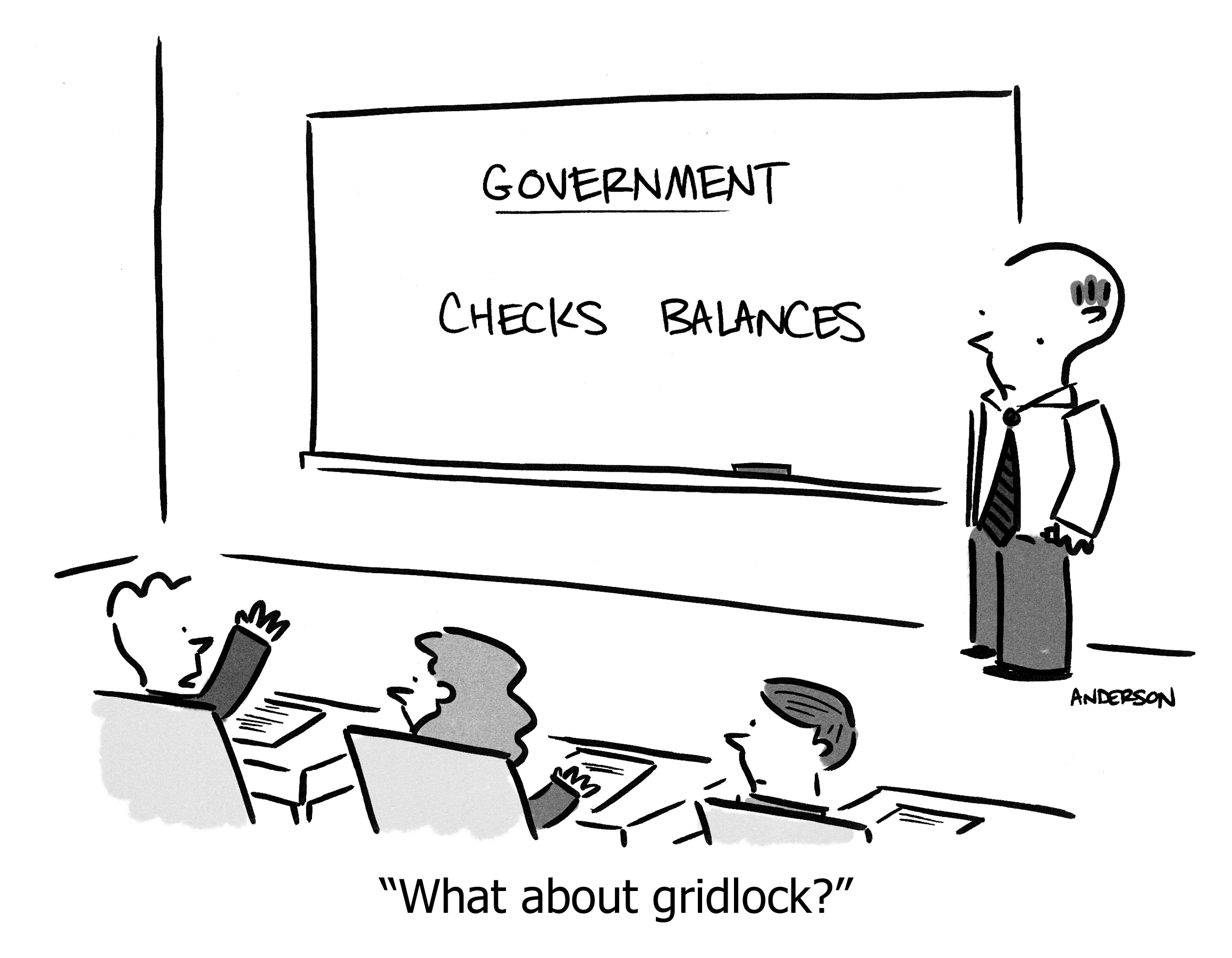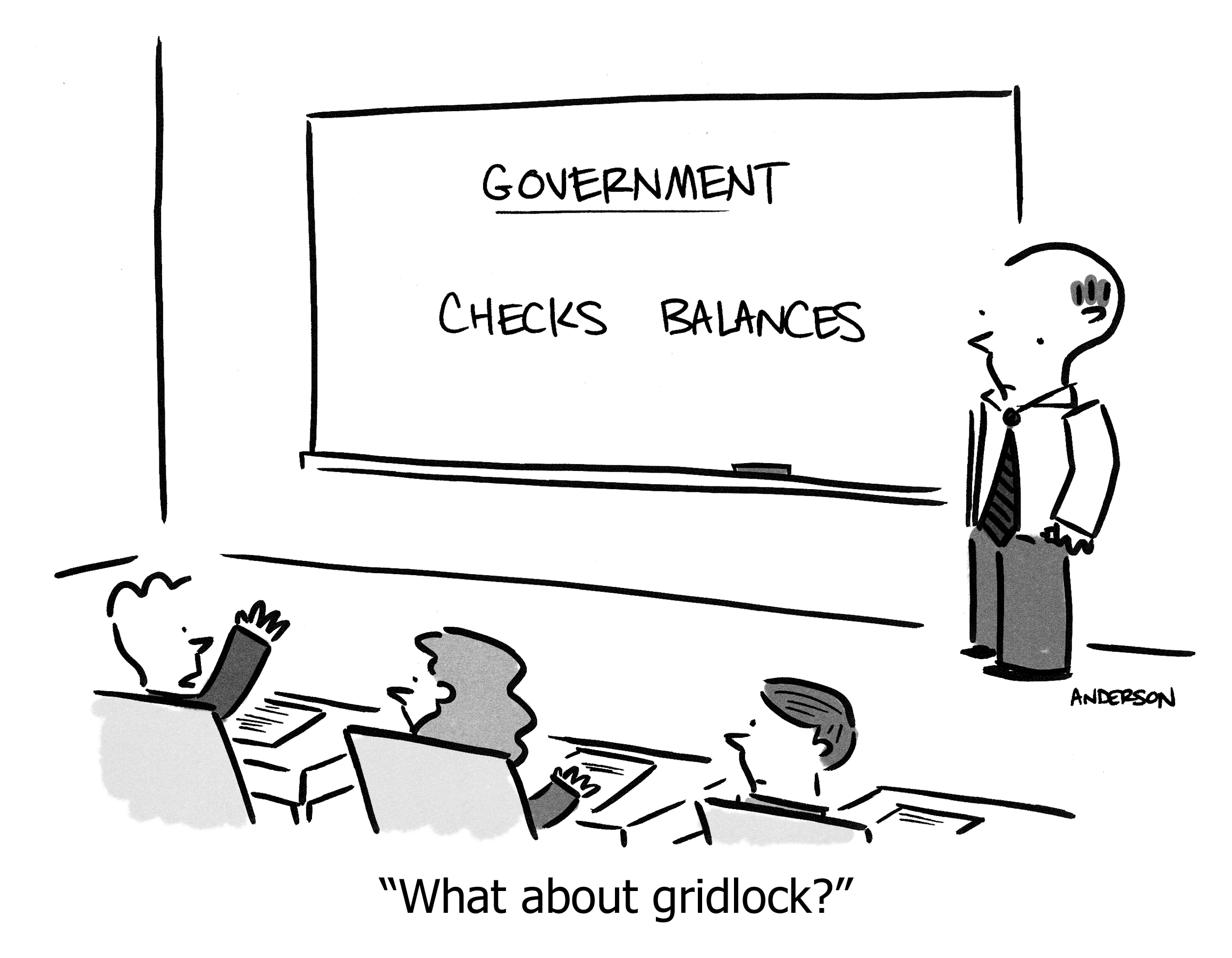Balance is weak. Tension is strong.
Objects in tenuous balance will tumble at the slightest nudge.
Objects in tension, on the other hand, are strong.
When you fire a gun you pull with one hand while pushing with the other because in tension there is stability. A pull-up bar in a doorframe can hold 200 pounds because it’s in tension, not in balance. Ethernet contains a pair of wires twisted together, electrons moving in opposing directions; their opposing magnetic fields cancel each other but also act as a shield to foreign fields that would otherwise disrupt the electrons’ movements.
It’s often said that “extremes are bad” and thus you should “seek balance.” But balance is fragile; it’s the wrong thing to seek.
Seeking tension means taking two strong stances, letting each thrive while keeping the other in check.
Seeking balance means starting with two strong stances, then stripping out the powerful bits until both are weak enough to coexist in a gutless truce.
Seeking tension in co-founders or team members means extracting everyone’s best while maintaining decorum and respect. A team wielding excellence, coordinated across multiple areas of expertise, is formidable.
Seeking balance in a team means sanding objections off your ideas until the committee converges, not on the most powerful possibility, but on a grey, uninspiring average that is disagreeable to no one only because it’s empty of meaning.
Extremes can be reckless, but the powerful middle way arises from tension, not balance.
https://longform.asmartbear.com/balance-vs-tension/
© 2007-2026 Jason Cohen
 @asmartbear
@asmartbear






